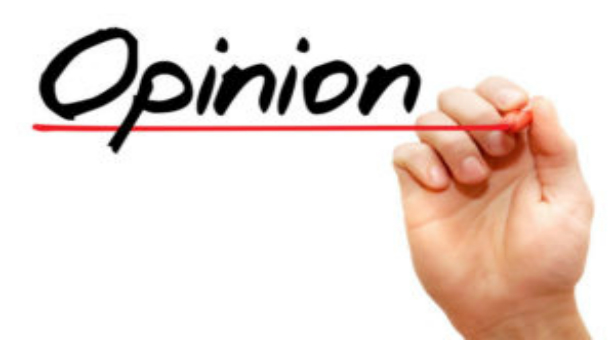
This story was originally published in December 2021.
Don’t give binoculars as a holiday present to anyone but yourself. The chances of selecting just the right pair for someone else are close to nil.
I am frequently asked for a recommendation on the best optics to buy. I can’t answer that question, and neither can you, until you first answer these questions.
How will you use them? Binoculars come in many different configurations of magnification and light-gathering capability. It’s impossible to predict which pair is best, without knowing how they will be used.
For instance, if the binoculars will be used mostly for backyard feeder-watching, then a simple, inexpensive pair will suffice. Just don’t drop them or leave them in the harsh sunlight of the windowsill, and they will last a lifetime.
On the other hand, if you want binoculars for hardcore birding in varying light conditions, prepare to spend some money. They need to be powerful enough to identify a distant duck or a treetop warbler. They need to be bright enough to recognize a sparrow in the dim light of a foggy dawn.
They need to be rugged enough to withstand driving rain and blowing sand, plus the daily abuse from throwing them on the back seat.
How far will you carry them? More magnification usually means bigger lenses and more weight. An hour at the beach is bearable, but several hours on a long hike may strain your neck.
How experienced are you? The field of view differs for every pair of binoculars. More magnification usually means a narrower view. It’s insignificant when spying a big bird in open terrain, but it matters a lot when trying to pick out a tiny bird on the wing.
Inexperienced birders often struggle with a too-narrow field of view. It feels like peering through a toilet paper roll. Fortunately, finding birds gets easier with practice.
How much can you afford? Prices range from $50 to more than $3,000. What do you get for the extra expense? Ruggedness, brightness, clarity and — in many cases — brand-name sex appeal.
Personally, I can’t detect much difference between the $3,000 binoculars and those that cost half as much or less.
In general, low-priced binoculars of passable quality will cost $150 to $300. Midrange cost up to $1,000. High-end are priced at more than $1,000, and ridiculously high-end are more than $2,000.
Most of the expense is attributable to higher glass quality and lens crafting. High-end binos are produced with special materials and coatings.
Most binoculars in the same price range will perform roughly the same. The choice often comes down to your individual preferences. The size of the grip, ease of focus, useability with eyeglasses and overall balance can make some feel more comfortable than others.
I always recommend you try before you buy. Make sure you try them in low-light conditions to better test image brightness. Check that the image is clear throughout the view, and not blurry around the edges.
Only now, after these questions are answered, is it time to talk about the basic specifications.
Every pair of binos is rated by two numbers: the magnification power and the size of the front lens. Thus, 10×50 binoculars are 10-power with 50-millimeter objective lenses. For birding, magnification between 7.5 and 10 is optimal.
Generally, the second number, the objective size, should be around five times the magnification number. This ratio provides adequate light without wasting any.
Some high-end binoculars have such good light-gathering lenses that they can cheat on that ratio a bit, but typically most birding binoculars come in 7.5×35, 8×40, 8.5×42 and 10×50 sizes. Some “travel” or “lite” binoculars may have numbers like 10×25. They are good for sightseeing, but they will be disappointingly dark for birding.
The bigger the numbers, the heavier the binoculars are likely to be. They also may not focus on close objects as well, and the field of view may be tighter.
I love my 8.5×42 binoculars. My wife loves her 10x50s. I won’t risk an argument about which power is superior. It’s enough for me to know that I am right, and she is wrong.
I also won’t risk an argument about which brand name is better. They’re all good. Some are merely better than others. Again, try as many as you can until you find the pair you fall in love with.
Be aware that manufacturers value their reputations above all else. Most stand behind their high-end products so strongly, they offer free repairs for life. Given how badly I’ve been known to mistreat my binoculars, that’s a good thing.










